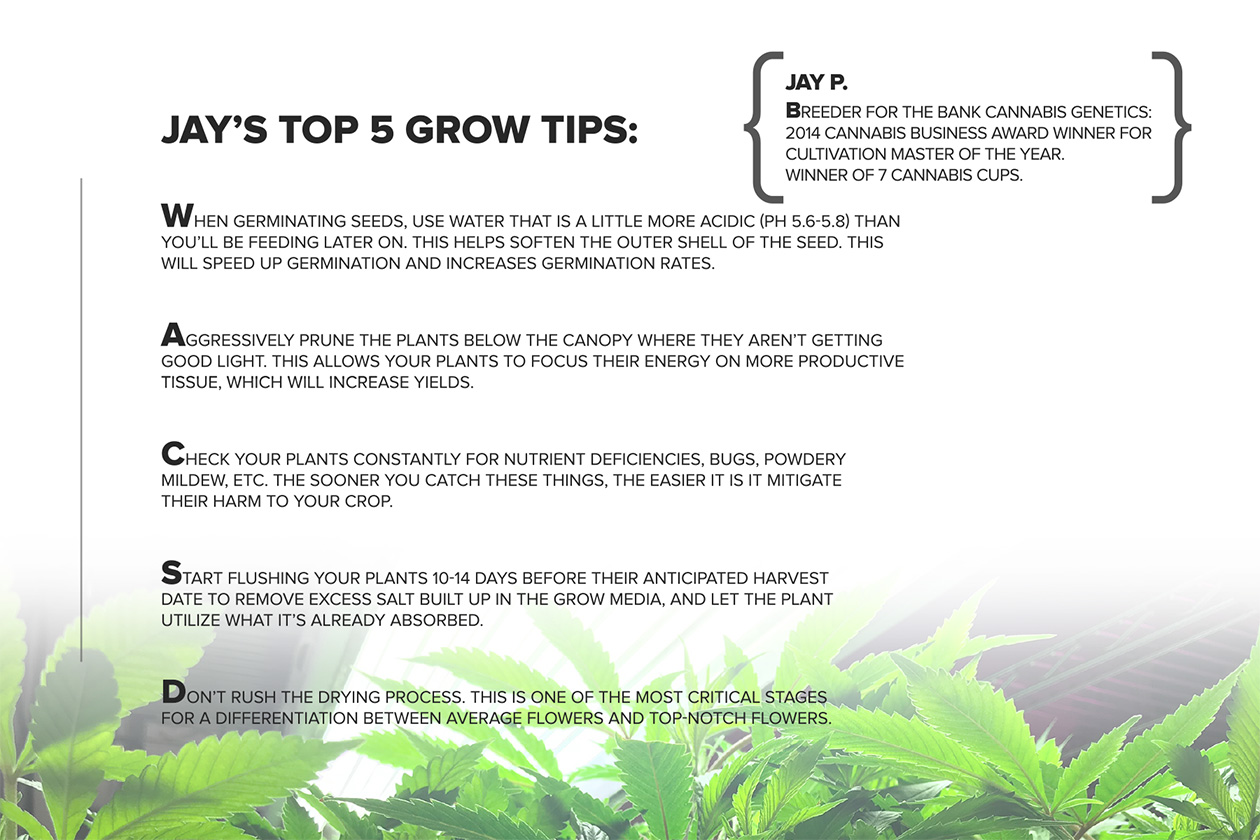
PROPAGATION TIPS METHODS
General advice for propagation:
- Seeds and seedlings don’t need any fertilizers whatsoever; they have all the food they need right within the seed itself. Don’t give them any additional nutrients until their 1st set of TRUE leaves begin to form (not the cotyledon leaves that first appear, see pictures).
- Make sure to get a decent propagation tray that has a tall humidity dome with adjustable vents. They are quite cheap, and a good one is only a dollar or two more than a crappy one. There is a big difference in performance and longevity. Sterilize the tray between uses using bleach, or oxyclean, and be sure to rinse VERY well.
- We want our rooting media to be damp, but not soaking wet. Roots need oxygen just like we do, so don’t drown them out. This is one of the biggest problems beginner growers have with seed propagation.
- Once the seedlings have emerged, place a small fan near them and remove the humidity dome from the propagation tray. You want the breeze to be strong enough that the seedling jiggles a bit, but doesn’t get blown totally over. This will help strengthen the stem to support the weight of the new leaves that will be forming shortly.
- Make sure to spray seedlings early and often to help them adjust to life outside of the humidity dome
- After the first transplant, you’ll want to add some sort of root stimulating nutrient product to your watering regimen. There are several products that work great for this, but my personal favorite is Roots Excellurator by House & Garden. It is a bit on the pricey side for a bottle, but it is heavily concentrated so a little goes a long way.
- Keep the total dissolved solutes in your watering mix below 200ppm for the first feeding, and below 400ppm in subsequent feedings until the plant is well established and ready for a heavier nutrient regimen.
Rooting plugs
Rapid Rooter (Our favorite method)
General Method Description:
- Pre-soak the rapid rooter plug in dechlorinated water that has been pH adjusted to 6.0
- Place a seed into the small hole in plug
- Tear small corner off of bottom of plug and jam it into the seed hole to prevent light from getting to the seed
- Place rapid rooter inside a plastic propagation tray with humidity dome
- Water with dechlorinated and pH adjusted water every 12-48 hours as needed to keep the plugs wet
- There are propagation tray inserts specifically designed for use with rapid rooters, they make watering much easier as you can just dip the whole thing in another propagation tray filled with water, and also hold the plug upright. Well worth the dollar or two they cost
- When roots have emerged on the sides and bottom of the plugs, go ahead and plant the plugs into your intended grow medium.
Benefits:
- no need to pre-buffer pH of rooting medium
- Perfect level of airiness to allow roots to breathe
- Impossible to overwater as long as they’re not actually drowning in water
Downsides:
- Needs watering more often as it dries out quickly
Rockwool Cubes
General Method Description:
- Pre-soak rockwool starter cubes in a slightly acidic water, pH 5.3-5.4 for 12-24 hours before using
- Squeeze some water out of the rockwool before planting, we want them damp, but not completely soaked. (same goes for future waterings)
- Poke the hole out a bit as they tend to cave inwards, I like to use the clip end of the cap of a Bic pen for this (and it also makes a very handy seed scoop).
- Place one seed into the hole in each plug
- Tear a small corner off of the bottom side of the plug and jam it into the hole to prevent light from getting to the seed
- Place rockwool plugs in to propagation tray with humidity dome, and water every 48 hours with dechlorinated water with pH set to 5.6, and be sure to wring them out a bit to prevent drowning seeds.
Benefits:
- Maintains moisture levels the longest
Drawbacks:
- pH is usually too high to start, so needs to be pre-buffered in a slightly acidic solution to achieve best results
- Poor aeration of roots if Rockwool is too wet
Soil / Soilless mixes
General method description
- While this first media check process is not totally necessary, I would strongly recommend doing it to every batch of rooting media that contains peat moss. Peat moss is a mined commodity, which can have natural fluctuations in pH level. Even the most widely used and generally respected brands have this problem (Anyone else notice the Sunshine #4 sales rep ducking down and trying to hide in the back of the room?)
- Bust open a bag/bale of your favorite growing media and fill a small pot with it
- Put a small amount of dechlorinated water with the pH set to 6.5 into a bucket
- Run this water through the small pot of growing media, and collect the drain water
- Test the pH of the drain water, if it has dropped below 6.2 then odds are you have been the lucky recipient of a bad batch of peat moss, try to return it to where you bought it from.
- After you have confirmed the pH stability of your rooting media, make sure to add perlite or another similar substance designed to improve drainage to the mix. (Wear a respirator or at least a dust mask whenever working with dry perlite as it can be quite harmful to your lungs). We recommend 30-40% perlite for best aeration for seedlings.
- Mix thoroughly, and once you think it is uniform, mix it a bit more just to be sure.
- When selecting pots, be sure to get ones that have adequate drainage. The more drain holes, the better. This helps ensure the roots are getting enough oxygen and the media doesn’t stay saturated with water.
- Fill your pots with the mixed media to ½-3/4 inches below the rim, and wet with dechlorinated H20 with a pH of 6.3-6.5 (yes, wet the soil before putting the seed in it)
- Poke a hole about ½ inch deep in the middle of the pot, and place seed in the hole. Cover the hole with media, but don’t pack it down. We want to block out light, but we don’t want the seedling to have bust through compacted soil to penetrate the surface.
- Water the pots every 48 hours with dechlorinated water that has had the pH adjusted to 6.3-6.5, we find it best to gently pour the water around the outside of the pot and let the wicking nature of the media bring the moisture to the seed rather than risk floating the seed to the surface if you pour directly down the center.
Benefits:
- No need to buy extra plugs
- No transition shock due to change in rooting media
Drawbacks:
- Need to adjust drainage by adding perlite or similar to allow roots to breath which can lead to inconsistencies in drying out time from one plant to the next
- Batches of soil and soilless mixes are inconsistent, be sure to test before use.
